History
-
-

Survival and Intimations of Immortality:
ONLINE VA, United States
Artist and Curator TalkJoin curator Ori Z Soltes, Rabbi Ronnie Cahana, and Kitra Cahana for a conversation about Survival and Intimations of Immortality: The Art of Alice Lok Cahana, Rabbi Ronnie Cahana, and Kitra Cahana. Image above: Alice Lok Cahana, 1940-44 Triptych: left panel, 1984. Collection Ronnie and Michael Cahana, Inv. 052 This unique and powerful exhibition at the Oregon Jewish Museum and Center for Holocaust Education explores the role of art and creativity, bringing the past into the present by focusing on three generations of artists from the same family. The artists and curatorial team will share their insights about the work in the exhibition, how the show was made, and the impact it had, and share [...]
$5.00 -
-
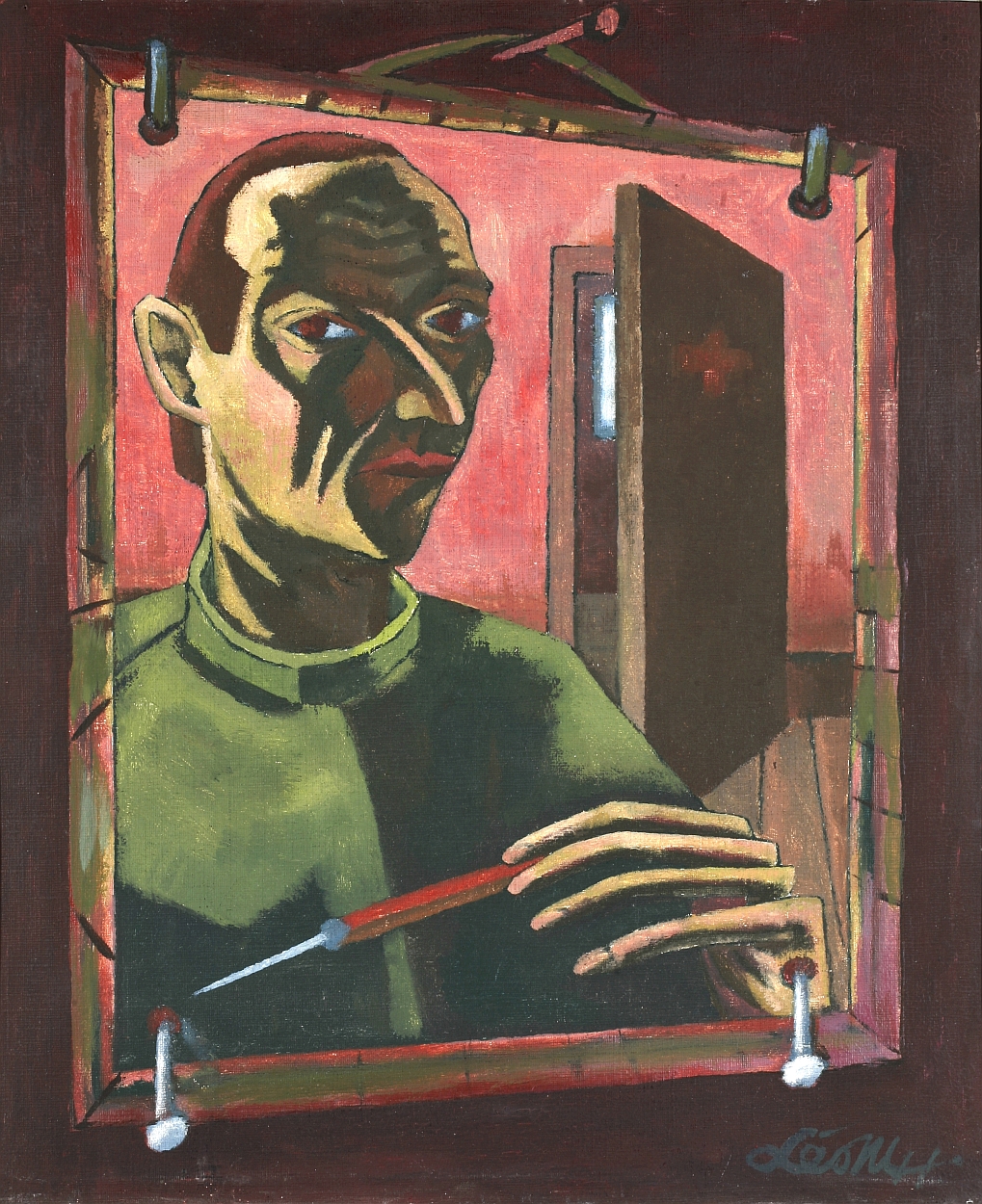
Léo Maillet (1902-1990): The Broken Mirror
ONLINE VA, United States
Presentation by Erik Riedel, Frankfurt am Main (Germany)Curator Erik Riedel presents the work of the painter and graphic artist Léo Maillet, who changed his original name Leopold Mayer in exile, reflecting the numerous fractures in his biography. Image above: Léo Maillet, Le Graveur (Self-Portrait), 1944. Oil on cardboard. Permanent loan by the Adolf und Luisa Haeuser-Stiftung für Kunst und Kulturpflege. © estate of Léo Maillet: Daniel Maillet and Nikolaus Mayer After his dramatic escape from a deportation train bound for Auschwitz, Maillet lived in the French Cévennes under a false identity from 1942 onwards. He painted and drew with the simplest of materials. Some years later, he took up the works he had created during his flight and persecution and transformed them [...]
Free -
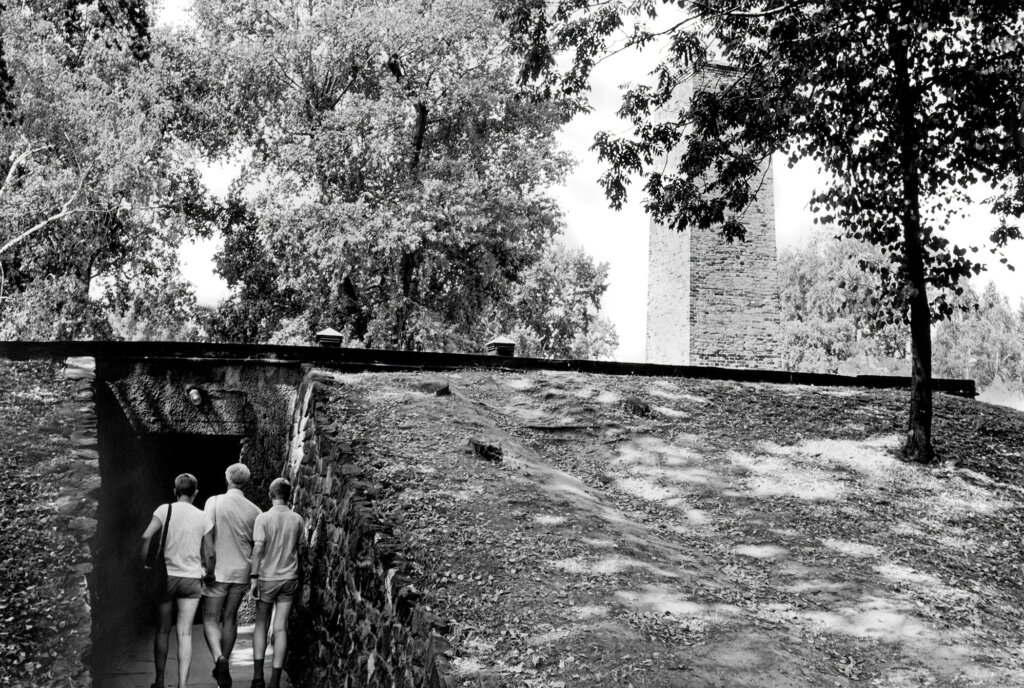
For I See Old Things Happening Again:
ONLINE VA, United States
Jill Freedman’s “Missing Generations”
Presentation by Susan Chevlowe, PhD, followed by a conversation with family member Wendy WernickSusan Chevlowe, PhD, Chief Curator and Museum Director of Derfner Judaica Museum + The Art Collection at Hebrew Home at Riverdale, presents the documentary and street photographer Jill Freedman (1939-2019), followed by a conversation with family member Wendy Wernick. When the documentary and street photographer Jill Freedman went to Poland in April 1993, on the occasion of the 50thanniversary of the Warsaw Ghetto uprising, she wrote that she made the journey as a pilgrim “to mourn the dead, to honor them,” along with the “survivors, their children, old soldiers and witnesses.” She returned to the sites of destruction again the next year after receiving a fellowship from the Alicia Patterson Foundation (APF), which supports the work of photojournalists. Susan [...]
Free -
-
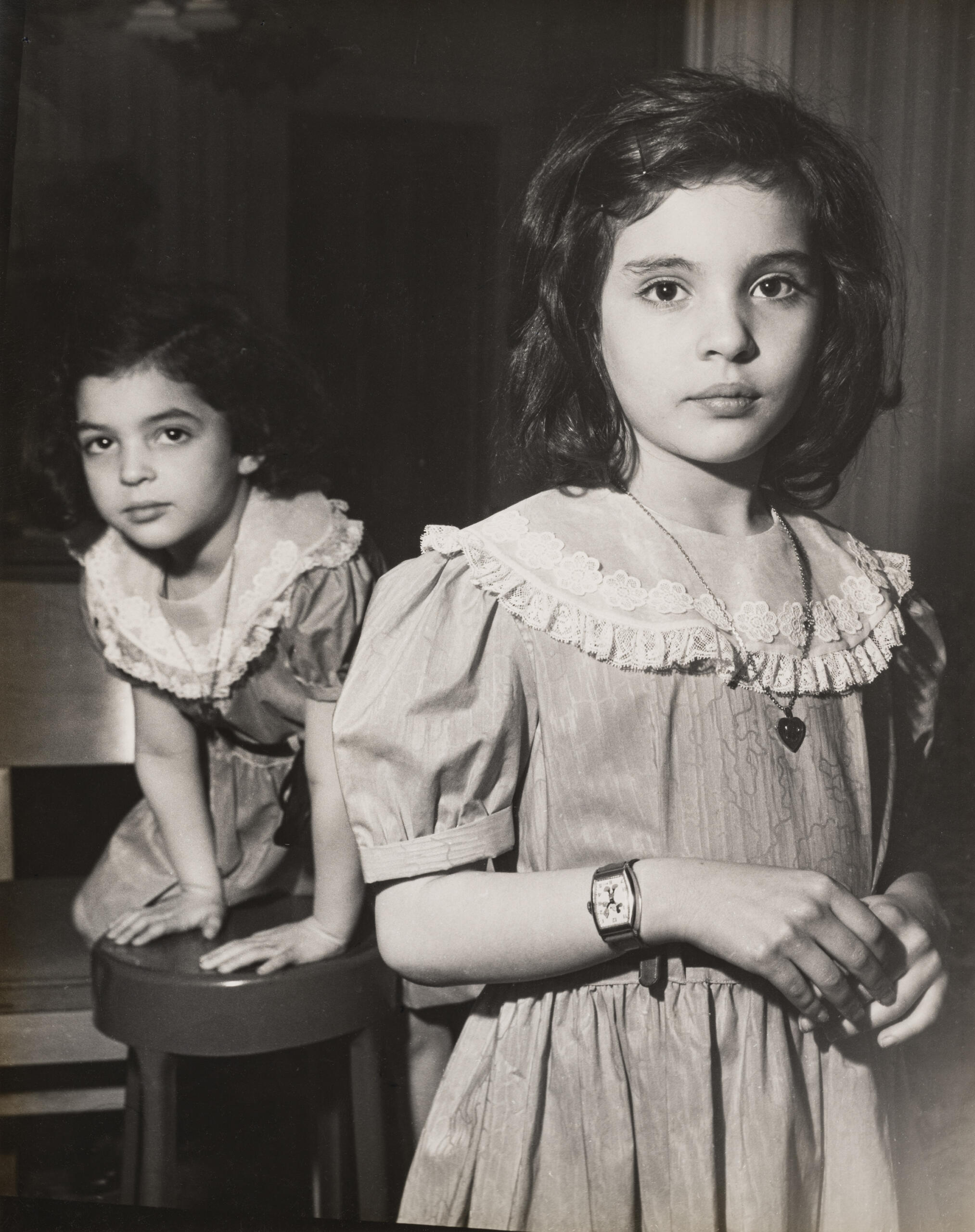
Through the Lens of Trude Fleischmann (1895-1990)
ONLINE VA, United States
Presentation by Carey Mack Weber, Fairfield (CT),
followed by a conversation with Barbara Rosenberg LossPresentation by Carey Mack Weber, Curator and Director, Fairfield University Art Museum, followed by a conversation with Fleischmann’s cousin, Barbara Rosenberg Loss. Introductory remarks by Stephanie Buhmann, PhD, Head of Visual Arts, Architecture and Design at the Austrian Cultural Forum New York. Image above: Trude Fleischmann, Sandra and Barbara with Golden Heart Necklaces, 1951, gelatin silver print. Courtesy of Barbara Rosenberg Loss. © Trude Fleischmann After opening her own studio in Vienna at the age of just 25, Trude Fleischmann (1895-1990) had great success there in the 1920s and 30s photographing artists, dancers, actors, and other key cultural figures of the era. When the Nazis invaded during the Anschluss in 1938, she fled first [...]
Free -
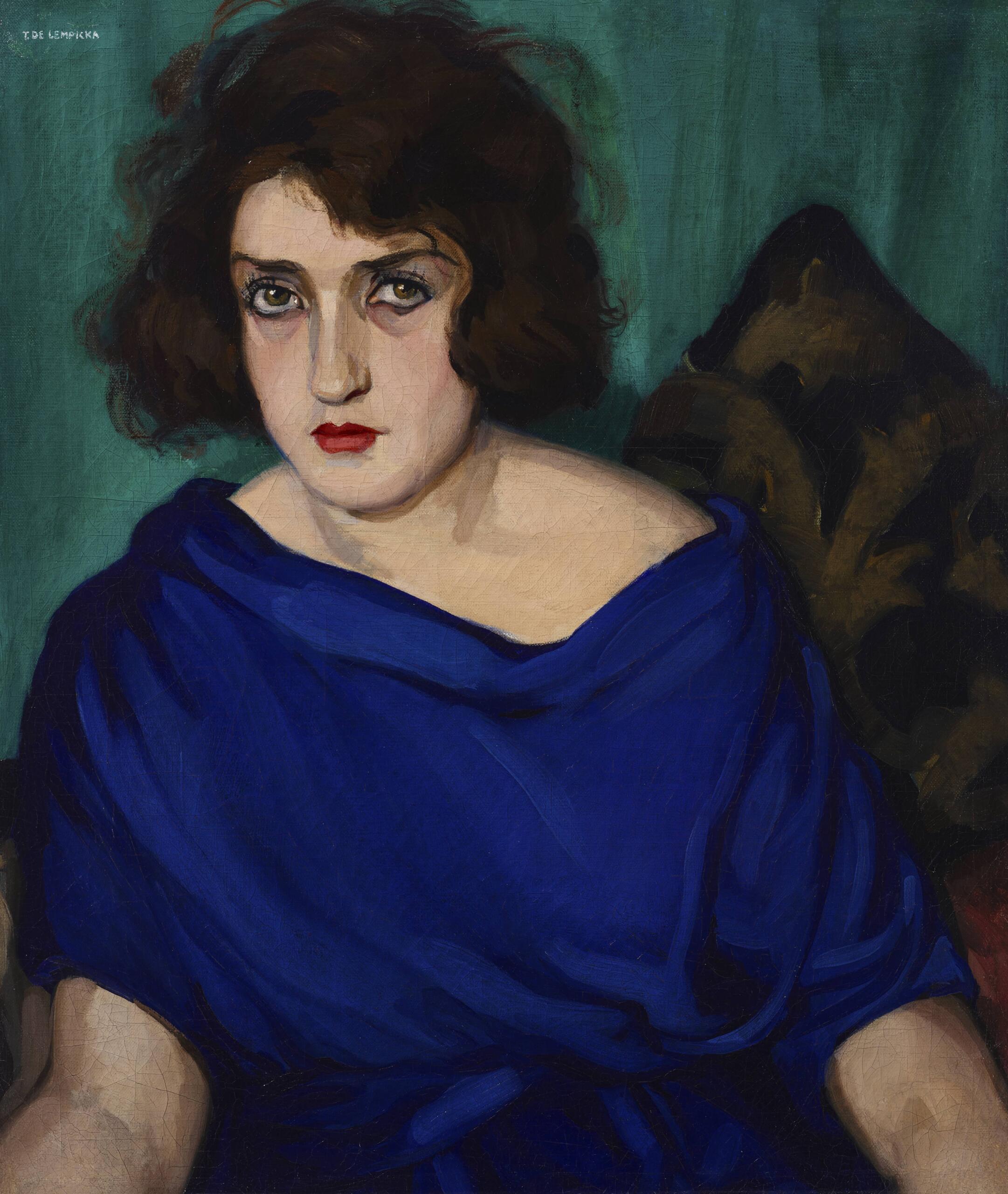
Tamara de Lempicka: Modern Maverick
ONLINE VA, United States
Presentation by Alison de Lima Greene, Houston (TX)Join curator Alison de Lima Greene for an introduction to the remarkable arc of Lempicka’s career as she rose to the pinnacle of café society in 1920s and 1930s Paris, and her American odyssey after she fled Europe in 1939. Image above: Tamara de Lempicka, Portrait of a Young Woman in a Blue Dress, 1922, oil on canvas, private collection © 2025 Tamara de Lempicka Estate, LLC / ADAGP, Paris / ARS, NY, Image © 2023 Christie's Images Limited Capturing the glamour and vitality of 1920s postwar Paris and the cosmopolitan sheen of Hollywood celebrity, Tamara de Lempicka (1894–1980) infused her paintings with a brilliant sense of fashion, design, and the theatrical. Currently the [...]
Free -
-

Victor Brauner’s Departures and Returns
ONLINE VA, United States
Presentation by Irina Cărăbaș, Bucharest (Romania)
followed by a conversation with Nicola Baird, PhD, London (UK)This presentation by Irina Cărăbaș from the National University of Arts in Bucharest focusses on several key artistic and political contexts relevant to Brauner’s work and biography, as well as his reception in Romania. It is followed by a conversation with Nicola Baird, PhD. Introductory remarks by Sorina Neagu, Director of DOR – Romanian Diaspora. Image above: Victor Brauner, Composition, not dated, oil on canvas, 53,5 x 64,5 cm, National Museum of Arts of Romania, Bucharest (INV. 73973/8502) © 2025 Artists Rights Society (ARS), New York / ADAGP, Paris Born in Piatra Neamț, Romania into a Jewish family, Victor Brauner (1903-1966) took part in shaping several avant-garde groups in Bucharest since his early twenties. [...]
Free -
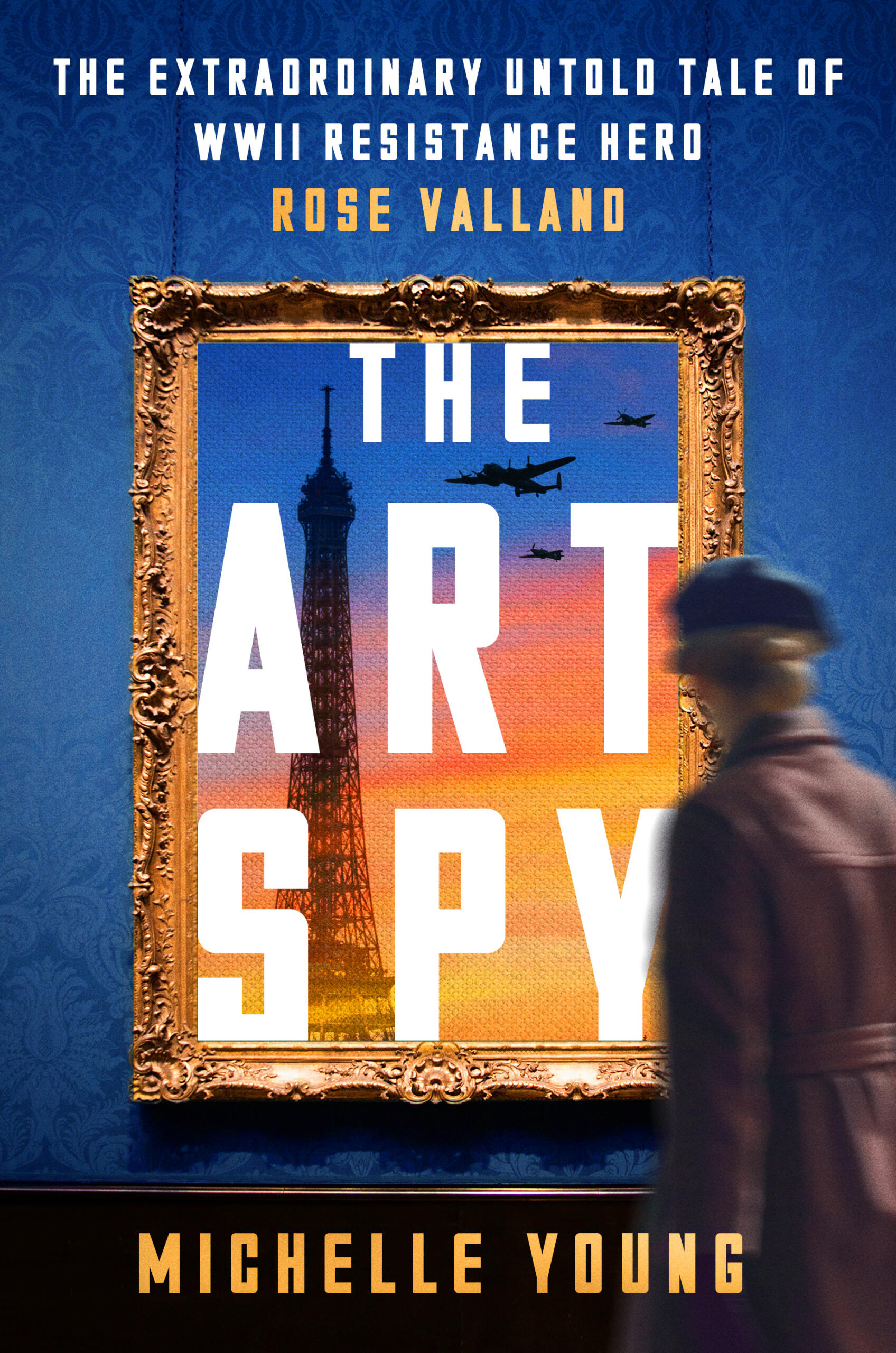
THE ART SPY. The Extraordinary Untold Tale of WWII Resistance Hero Rose Valland
ONLINE VA, United States
Book talk by Michelle Young, New York and ParisIn this book talk, author Michelle Young presents WWII Resistance Hero Rose Valland (1898–1980), an unlikely heroine who infiltrated the Nazi leadership in Paris during World War II to save the world’s most treasured artworks. Image above: Book Cover THE ART SPY. The Extraordinary Untold Tale of WWII Resistance Hero Rose Vallant by Michelle Young (Harper One, May 13, 2025) Rose Vallant was a curator at the Jeu de Paume Museum in Paris when the Nazis invaded France, occupied the museum, and began using it as a sorting center for thousands of pieces of stolen art from across Europe. Valland made herself appear as nonthreatening and essential as possible, retaining her position in the museum [...]
Free -
-

DEAR MISS PERKINS.
ONLINE VA, United States
A Story of Frances Perkins’s Efforts to Aid Refugees from Nazi Germany
Book talk by Rebecca Brenner Graham, Ph.D.In this book talk, author Rebecca Brenner Graham, Ph.D. speaks about “DEAR MISS PERKINS. A Story of Frances Perkins’s Efforts to Aid Refugees from Nazi Germany,” which focusses on an unknown aspect of Frances Perkins’ prolific career as the first woman to serve in a presidential cabinet, the longest-serving labor secretary, and an architect of the New Deal. Perkins’s early experiences working in Chicago’s famed Hull House, and as a firsthand witness to the horrific Triangle Shirtwaist fire, shaped her determination to advocate for immigrants and refugees. As Secretary of Labor, she wrestled with widespread antisemitism and isolationism, finding creative ways to work around quotas and restrictive immigration laws. Diligent, resilient, empathetic, yet steadfast, she [...]
Free -
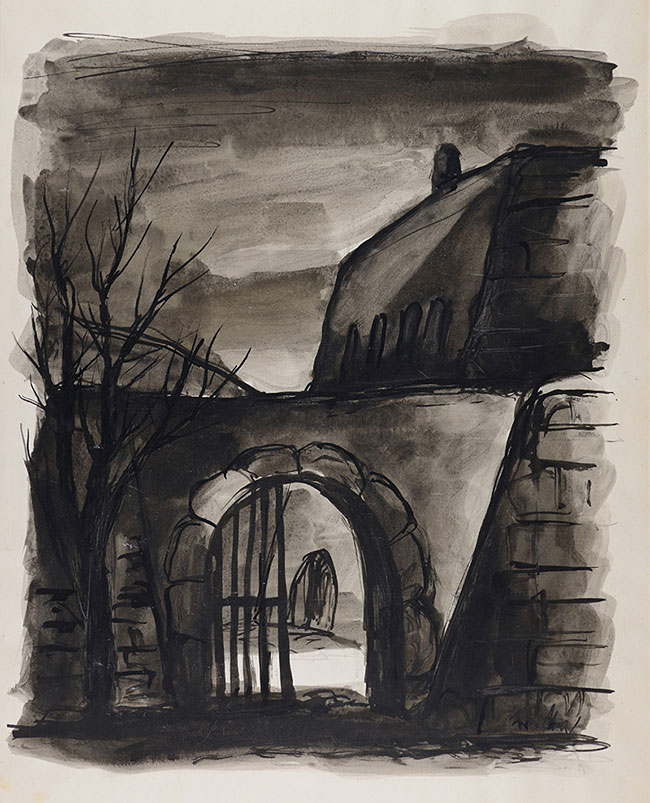
WHAT IF?
ONLINE VA, United States
Presentation by Ori Z Soltes, PhD, Washington, DCThis image-rich talk by Georgetown University professor Ori Z Soltes considers some of the many Jewish artists destroyed by the Holocaust who had either begun or were poised to add significant threads to the tapestry of twentieth century visual art. Some are now well-known and others remain obscure—but what if artists like Charlotte Salomon and Felix Nussbaum or like Erna Dem and Fritz Taussig had survived to do more art? What additional significant contributions might they have made? Image above: Bedřich Fritta (Friedrich Taussig), Rear Entrance, Theresienstadt Ghetto, 1941–1944. India ink and wash on paper, 51 x 36.5 cm Collection of the Yad Vashem Art Museum, Jerusalem. Gift of the Prague Committee for Documentation, courtesy of Ze'ev and Alisa Shek, [...]
Free -
-
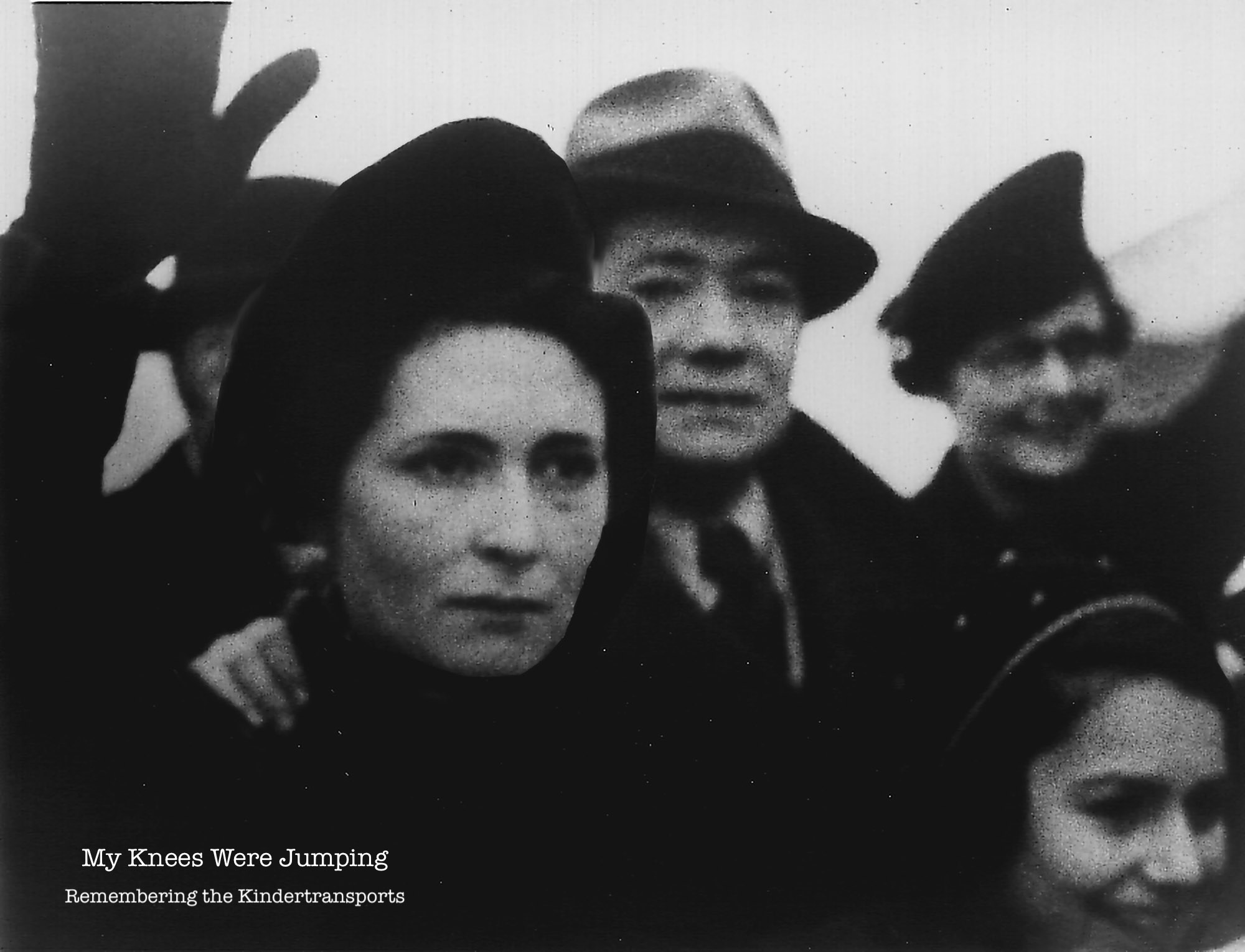
Ruth Morley and Lore Segal, Kindertransport Survivor Artists on Film
ONLINE VA, United States
Film Screening and Conversation with Director Melissa HackerJoin film director Melissa Hacker in conversation with Rachel Stern about My Knees Were Jumping; Remembering the Kindertransports. In the nine months just prior to World War II close to 10,000 children were sent, without their parents, to the United Kingdom from Nazi Germany, Austria, Czechoslovakia and Poland. These children were rescued by the Kindertransport movement. Most of the children never saw their parents again. Those courageous parents who had the strength to send their children off to an unknown fate soon boarded transports taking them to concentration camps. The story of the Kindertransports is an extraordinary piece of history - untold far too long. The children who lived the trauma and terror of being uprooted from secure homes tell [...]
Free


